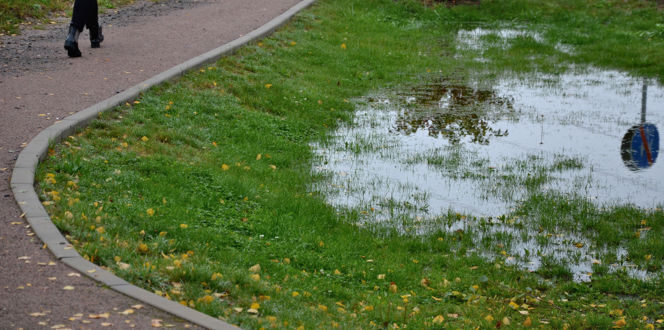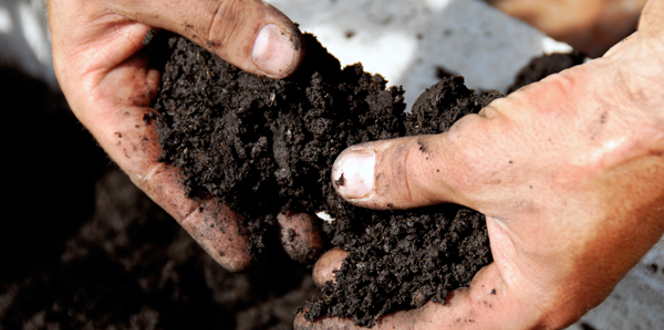When our plants or trees are in trouble, our first instinct is to reach for a hose to hydrate them or lay down fertilizer and hope for new growth.
But problems with plants aren’t always about what’s going on above ground—sometimes we have to dig deeper. When the soil isn’t in good shape, it can really affect the plant’s health. In fact, it's estimated that a whopping 80% of problems with plants can be traced back to unhealthy soil!
That’s why it’s so important to test your yard’s soil. A soil test gives you all sorts of valuable information about the best way to care for your plants. Below, find how, and why, to do a soil test.
How do I correctly perform a soil test in my yard?
To do a soil test, all you need is a testing kit, a garden trowel, and a bucket.
To test your soil, take these four easy steps:
- Pick a spot in your plant bed to start off, and dip the trowel down about 6-10 inches. Pull up that chunk of soil and add it to the bucket.
- Repeat this process 10 to 15 more times, zigzagging throughout the plant bed to get random samples.
- Mix the samples together in your bucket.
- Scoop out 2 cups of the mixed sample and set it aside for testing.
What does a soil test check? Why do I need one?
A soil test checks two things—soil pH and available nutrients in the soil. That might sound a little bit like mumbo-jumbo, but knowing these things can help you a ton.
If soil pH is too low or too high, plants are unable to take in some of the nutrients provided to them in the soil. Get a soil test, and you can pinpoint exactly what your soil needs to balance out its pH. That means no more playing guessing games to figure out why your plants won’t grow.
Tests also check for available nutrients. When you know what nutrients your soil is lacking, you’re able to choose a fertilizer that fills in the gaps. Just think about all the time and money you can save by knowing exactly what kind of fertilizer your plants need, and how much to use.
And, just to drive the point home, soil tests are so quick to do. It’ll take 10 minutes tops to collect your samples.
When is the best time of year to check the soil around trees?
The best time to test your soil is a couple of weeks before you plan to plant. Test in early fall, for example, to understand the state of your soil before late fall or early spring planting.
Where can I get my soil test done for free?
Some county extension offices do soil tests for free. All you have to do is grab a kit from them, perform the test, drop it off at the testing facility, and voila! You’ll get results within a few weeks. Even if your county doesn’t have a free option, testing your soil is super affordable, with most tests costing no more than $10 to $15.
DIY soil test kits found at garden stores are also inexpensive, but the downside is that you can’t always be sure the results are accurate. Your best bet is to work with a professional, and get detailed, expert information about your plant’s soil. If you work with Davey, for example, your test will be analyzed by scientists at the Davey Institute, and then a local arborist will work with you to choose the best fertilizer, recommend steps to improve soil quality and address issues like soil compaction.





